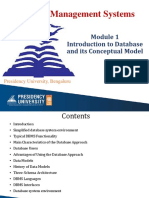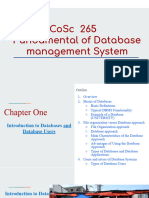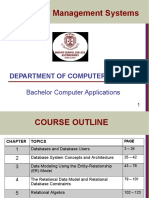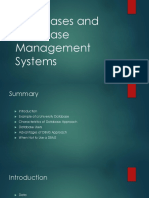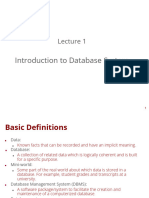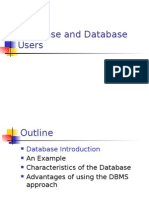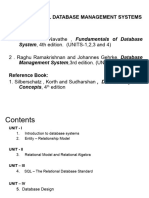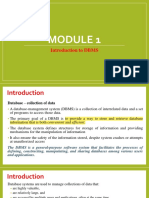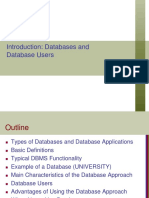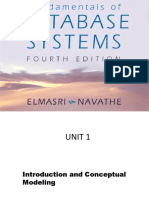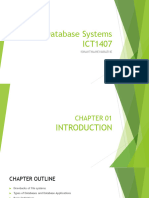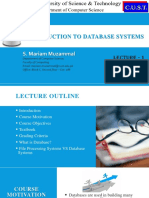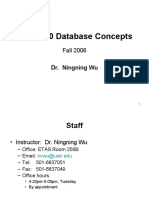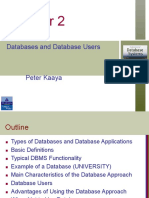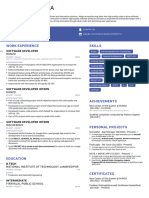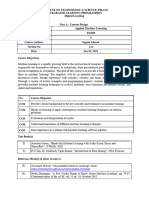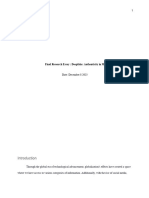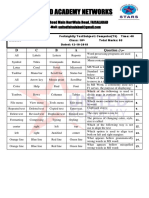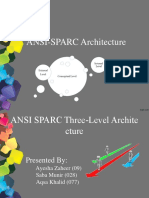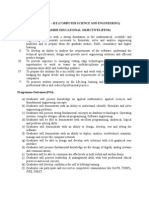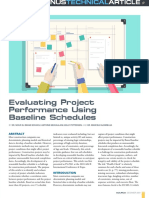0% found this document useful (0 votes)
4 views32 pagesModule 1.1 Databases and Database Users DRD
The document outlines the fundamentals of database systems, including their characteristics, advantages, and the roles of various users and administrators. It discusses the evolution of database systems from early hierarchical models to modern relational and object-oriented databases, emphasizing the importance of data management in various applications. Additionally, it highlights the significance of DBMS in providing efficient data access, integrity, and security.
Uploaded by
ramya.doraiCopyright
© © All Rights Reserved
We take content rights seriously. If you suspect this is your content, claim it here.
Available Formats
Download as PPTX, PDF, TXT or read online on Scribd
0% found this document useful (0 votes)
4 views32 pagesModule 1.1 Databases and Database Users DRD
The document outlines the fundamentals of database systems, including their characteristics, advantages, and the roles of various users and administrators. It discusses the evolution of database systems from early hierarchical models to modern relational and object-oriented databases, emphasizing the importance of data management in various applications. Additionally, it highlights the significance of DBMS in providing efficient data access, integrity, and security.
Uploaded by
ramya.doraiCopyright
© © All Rights Reserved
We take content rights seriously. If you suspect this is your content, claim it here.
Available Formats
Download as PPTX, PDF, TXT or read online on Scribd
/ 32


